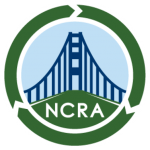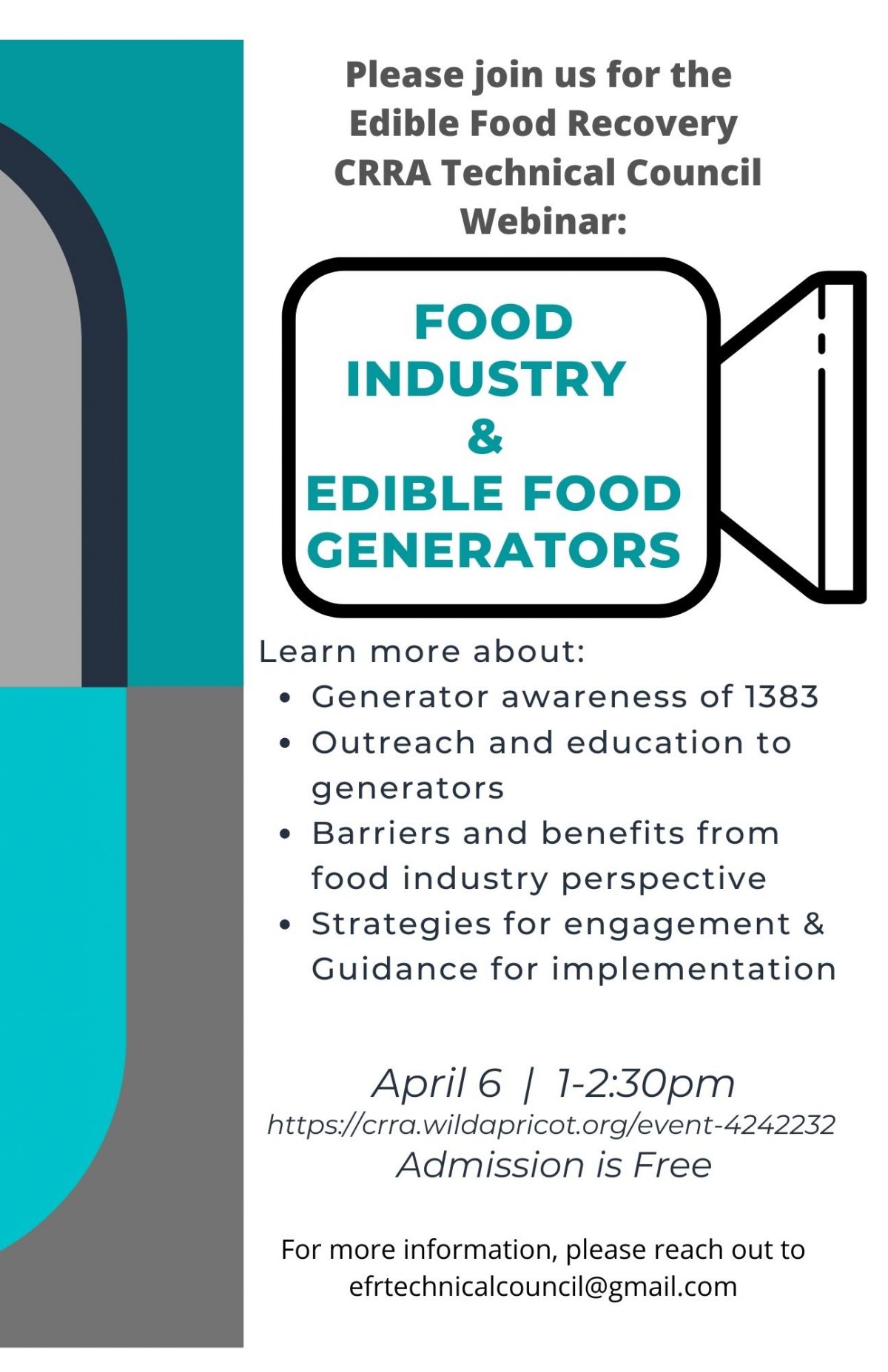By Tim Dewey-Mattia, Public Education Manager, Napa Recycling & Waste Services and NCRA Board Member, 4/1/21
Part 2: Uneven Access (Part 1) (Part 2) (Part 3)
Former NCRA President Arthur R Boone recently posed a question to me via email on “Why the conversion of the yard debris green cart into the full-service organics cart has stumbled badly in getting rolled out? Would love to understand all that resistance better.” Here were my thoughts, which we both thought would be valuable to share with the rest of the NCRA News readers.
In Part 1 of this series, we talked about behavior change. For Part 2, we’ll discuss issues with uneven access to organics collection programs.
Organics program coverage is still not universal. While most single-family residential customers in the Bay Area may have access, a lot of multi-family and commercial still do not. It’s not ideal to have a situation where you compost the organics at home but have to throw it in the trash at work (or the other way around). There is a processing infrastructure issue here (fortunately not for us in Napa, but for other communities) – since the development of full-spectrum organics facilities is still lagging the pace it needs to keep.
These disparities in access mean this is an equity issue as well. Organics diversion will never be successful without full investment in access, education and ongoing support to all communities, and specific focus and resources need to go particularly to disadvantaged communities that have historically not been the focus of enough of waste diversion efforts.
It takes longer than we’d all like to onboard new organics customers, since they have to be trained to get organics out of the trash and into the compost containers. Napa has found that if you want a business to do it right and keep doing it, it takes a 6-week training process – which is hard to keep up and would require way more staffing than most communities have.
I think there is a $$ thing here – if you try and do it on the cheap, your program isn’t very successful. A massive investment in organics diversion, particularly for infrastructure but also for inclusive outreach – through increasing the state landfill tip fee, additional cap and trade money, green infrastructure funding, the Recology ballot initiative, whatever it is – would be very much appreciated.
Questions or comments? As always feel free to contact me at tim@naparecycling.com… or follow up with a Letter to the Editor or article of your own in the NCRA News!
# # #

